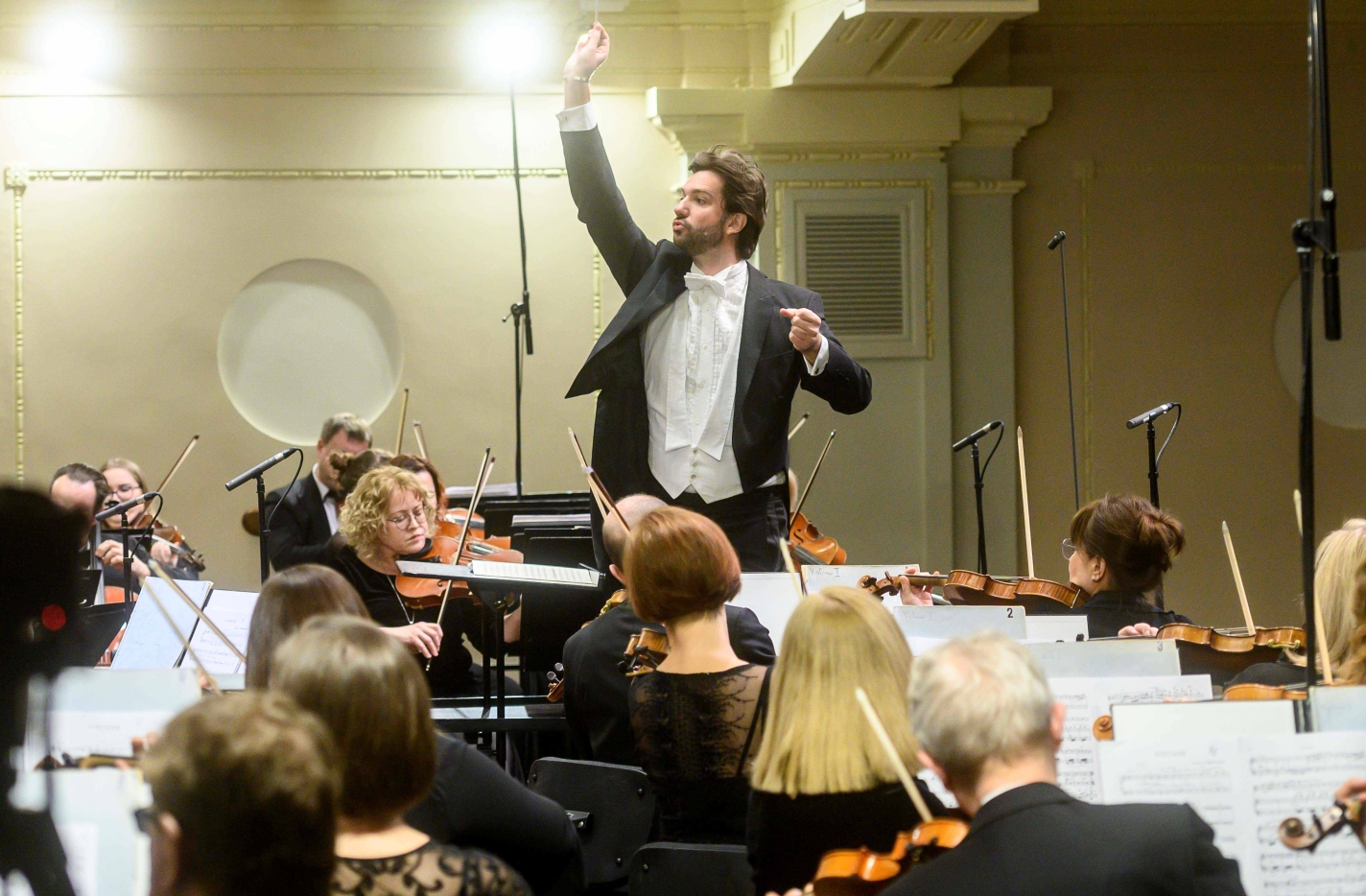Opening of the Philharmonic’s 85th season. Čiurlionis Code III. LNSO, Szymon Nehring, Victorien Vanoosten
Performers
LITHUANIAN NATIONAL SYMPHONY ORCHESTRA
(artistic director and principal conductor Modestas Pitrėnas)
Soloist SZYMON NEHRING (piano, Poland)
Conductor VICTORIEN VANOOSTEN (France)
Programme
MIKALOJUS KONSTANTINAS ČIURLIONIS – Overture Kęstutis for symphony orchestra, VL 2
IGNACY JAN PADEREWSKI – Concerto for piano and orchestra in A minor, Op. 17
EUGENIUSZ MORAWSKI-DĄBROWA – Symphonic poem Nevermore
RICHARD STRAUSS – Symphonic poem Tod und Verklärung (Death and Transfiguration), Op. 24
About
Čiurlionis Code III is a sequel to the two concerts held in the spring season dedicated to the 150th anniversary of the birth of Mikalojus Konstantinas Čiurlionis. The Lithuanian National Symphony Orchestra begins its 85th season with a Čiurlionian theme, and the concert will open with a performance of Čiurlionis’ overture Kęstutis, one of his unfinished opuses that was only reconstructed later.
The Čiurlionis Code III disguises opuses by Čiurlionis and composers of his time, reflecting different trends of Eastern European modernism. Eugeniusz Morawski was a fellow student of Čiurlionis at the Warsaw Institute of Music and a close lifelong friend, to whom Čiurlionis dedicated one of his symphonic poems. Čiurlionis may have met the Polish composer and political figure Ignacy Jan Paderewski while studying in Warsaw or Leipzig. Although there is no record of their paths crossing, the two composers share a common interest in fostering national culture.
The concert will culminate with Richard Strauss’ symphonic poem Tod und Verklärung (Death and Transfiguration), a young Strauss’ look at the process of the artist’s death. Strauss and Čiurlionis belong to different musical traditions, but their work is united by the element of symbolism, which is particularly pronounced in their favourite genre of symphonic music – symphonic poems.


